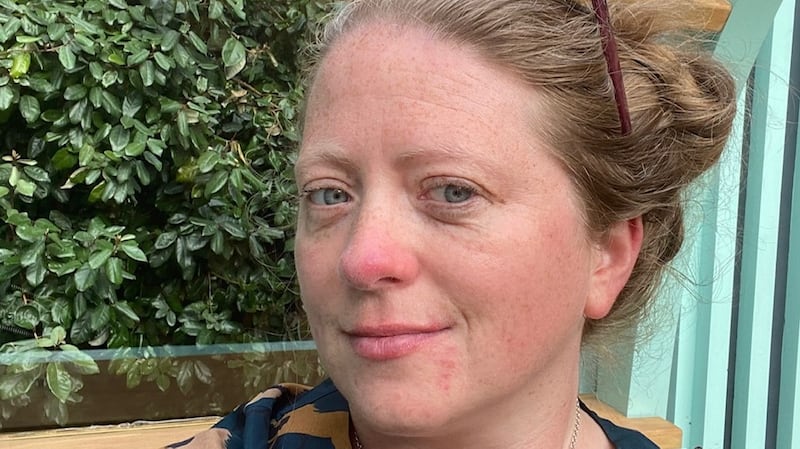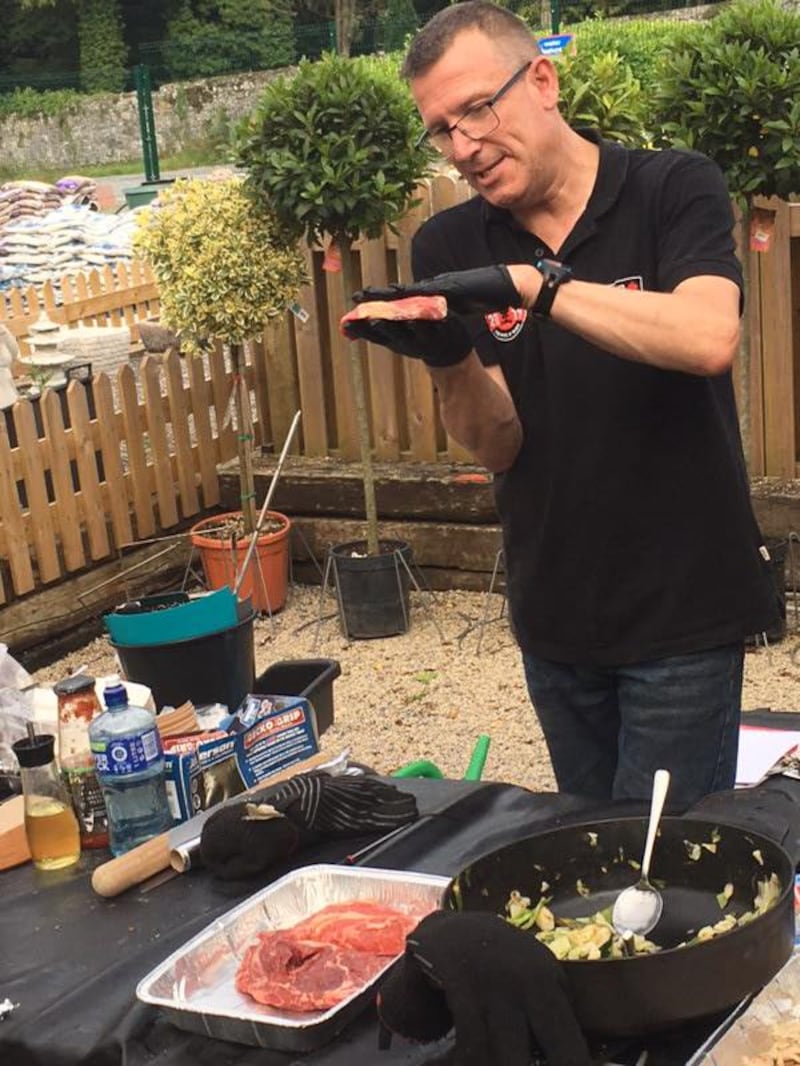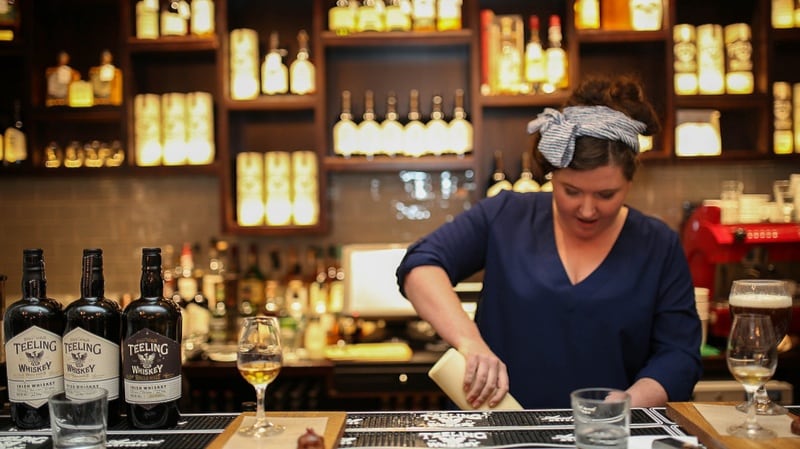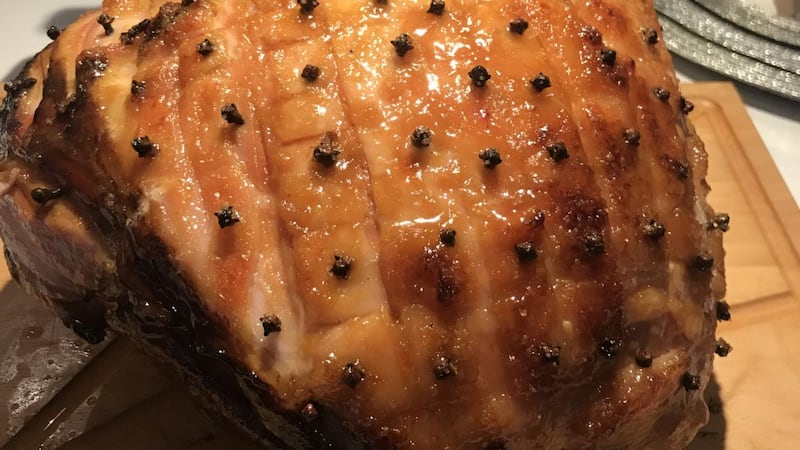Christmas and barbecues. I mean, it makes sense that they should go together – simply saying either can conjure up warm fuzzy feelings and expectations of a good time. But who in their right mind actually puts them together and cooks outside in Ireland in December? Quite the cohort, it seems.
Devoted outdoor Christmas cooks tout tastier birds, increased cooking space and better flavours as just some of the rationale for abandoning the indoors and getting the barbecue fired up on December 25th.
My first thought was Christmas turkey can be daunting enough without the added pressure of figuring out how to barbecue it but Joanne Cronin, an avid home barbecuer, assures me it’s the way to go. “We had been threatening the family with a barbecued turkey for years, but last December was the first time we did it. We had a free-range turkey seasoned lightly with a barbecue rub and then cooked over charcoal and wood for some smoke, in our ceramic egg barbecue. Overall, it cooked really well, with the meat staying nice and juicy,” she says.


Mark Doe, a chef who teaches barbecue classes and cooks most of his Christmas dinner for 14 people on the barbecue, tells me the turkey actually cooks quite quickly and easily on the grill. And the bonus? “There is less cleaning up and it also eliminates the problem of not having a big enough oven to cook for a large number.”
For Seaneen Sullivan, an Aussie settled in Ireland, Christmas barbecuing is her blood and despite the climate difference here, she always gets the “barbie” out at Christmas. “I use a regular kettle barbecue and it’s just like using a a big round convection oven. I’ll cook everything on the barbecue other than roasties and sauces. All the roasted veg, the stuffing and the meats,” she says.
If charcoal is not your thing, don’t fret – gas is fine too. Doe, likes to use either.“Gas is a little less work in the fact that you don’t have to top up any coals for a long cook,” he says.

But knowing your heat is key. Everyone I spoke to chatted animatedly about direct and indirect heat, but what does that mean? Weber’s Barbecue Bible, a book I’d highly recommend for easy-to-follow barbecue technique advice, explains it well (with pictures too). You need to set up two zones on your barbecue, with one side hotter than the other. Direct heat, or cooking directly over flame or coals “is used for foods that cook quickly” – that could be used for anything you might usually cook on the hob.
The indirect section should not have coals directly under your food. This is for “larger foods that cook slowly like roasts”. Don’t forget the thermometer on your lid will show you how hot your barbecue “oven” is. But you’ll need to be more precise for your turkey’s internal temperature – there’s no room for “guesstimating” this and one piece of equipment that every barbecue obsessive will advise you to invest in is a meat thermometer or temperature probe; if you don’t have one, it’s worth adding to your Christmas list now.
Beyond the turkey though what else can we cook? Trevis Gleason, an author and chef based in Dingle, has been cooking his Christmas dinner outdoors for years. He cooks a goose as the centrepiece and then it’s all about the sides: “This year I’ll smoke-roast sweet potatoes. Smoked cranberry relish is also a winner at our table, as are barbecue-roasted pumpkins, parsnips and butternut squash.”


Andy Roberts, a keen backyard barbecue cook, loves experimenting with his Christmas ham: “The smokey flavour works really well with meats.” He sources free-range duroc ham and puts it on the barbecue for a long, slow cook with some applewood for flavour and then finishes it at a higher temperature to caramelise the glaze.
The barbecue is a really great option for vegetables too, you can impart great flavours with smoke and char. Roberts likes to do smoked spiced red cabbage and charred sprouts. Sullivan is planning a vegetarian smoked oat, walnut, barley and mushroom main course: “I’ll smoke some of the individual ingredients separately over different woods and then prepare the whole thing like a veggie haggis.”
So far, it all sounds doable, but what about the weather?
Gleason learned the hard way to take precaution: “One year, when the wind was swirling about, our turkey took nearly twice as long as it should have. Since that near disaster, I’ve made sure my outdoor cooking station is in a sheltered area. And I always plan soup and additional backup starter courses to help alleviate time pressure if something doesn’t go to plan.”
Sullivan agrees having been stung by the weather one year when her barbecue went out. “It was a valuable lesson to have one person focused on each station. Barbecuing is not the time for multitasking!”
Well, I’m ready to get the coals lit, how about you?











